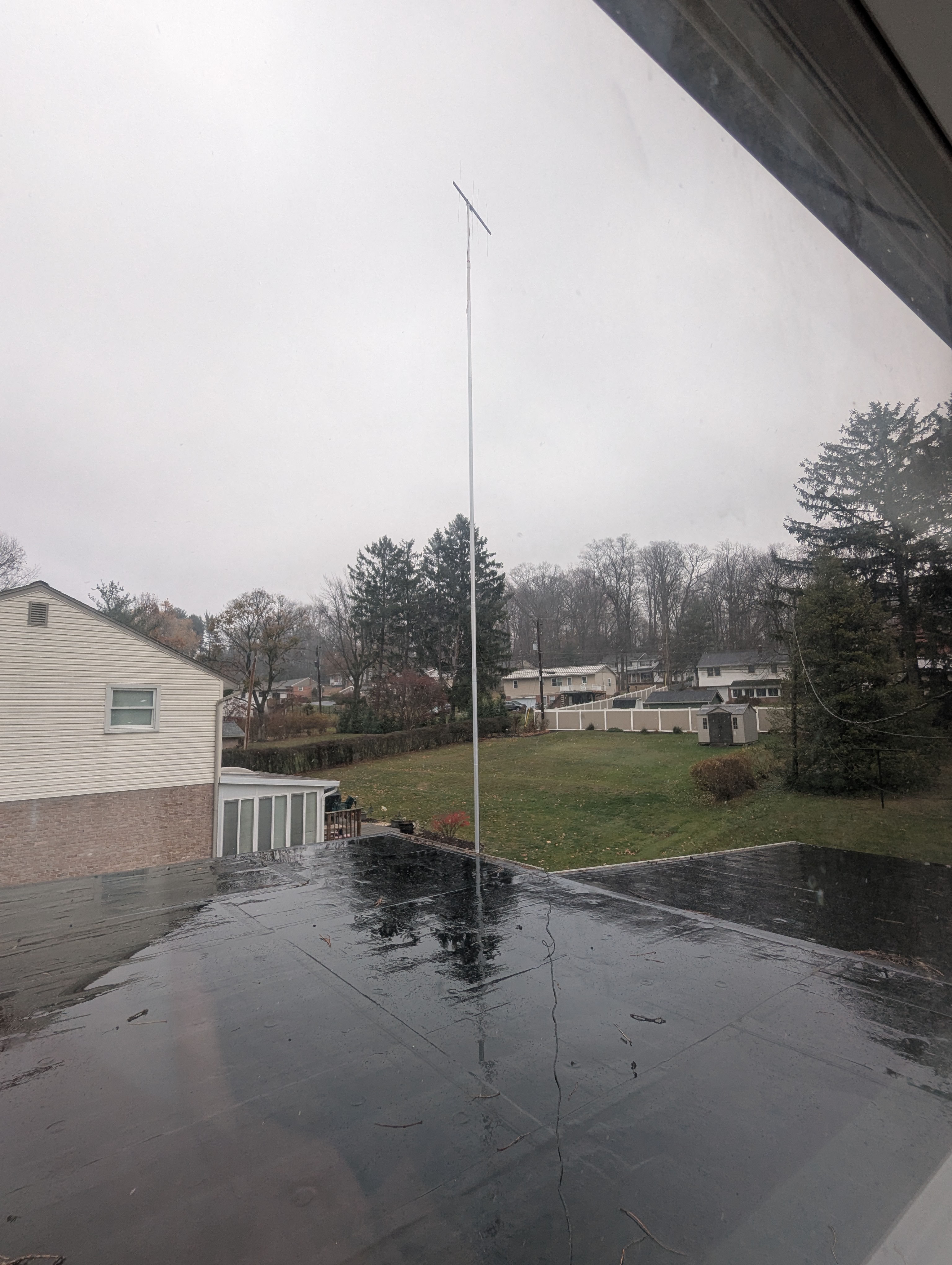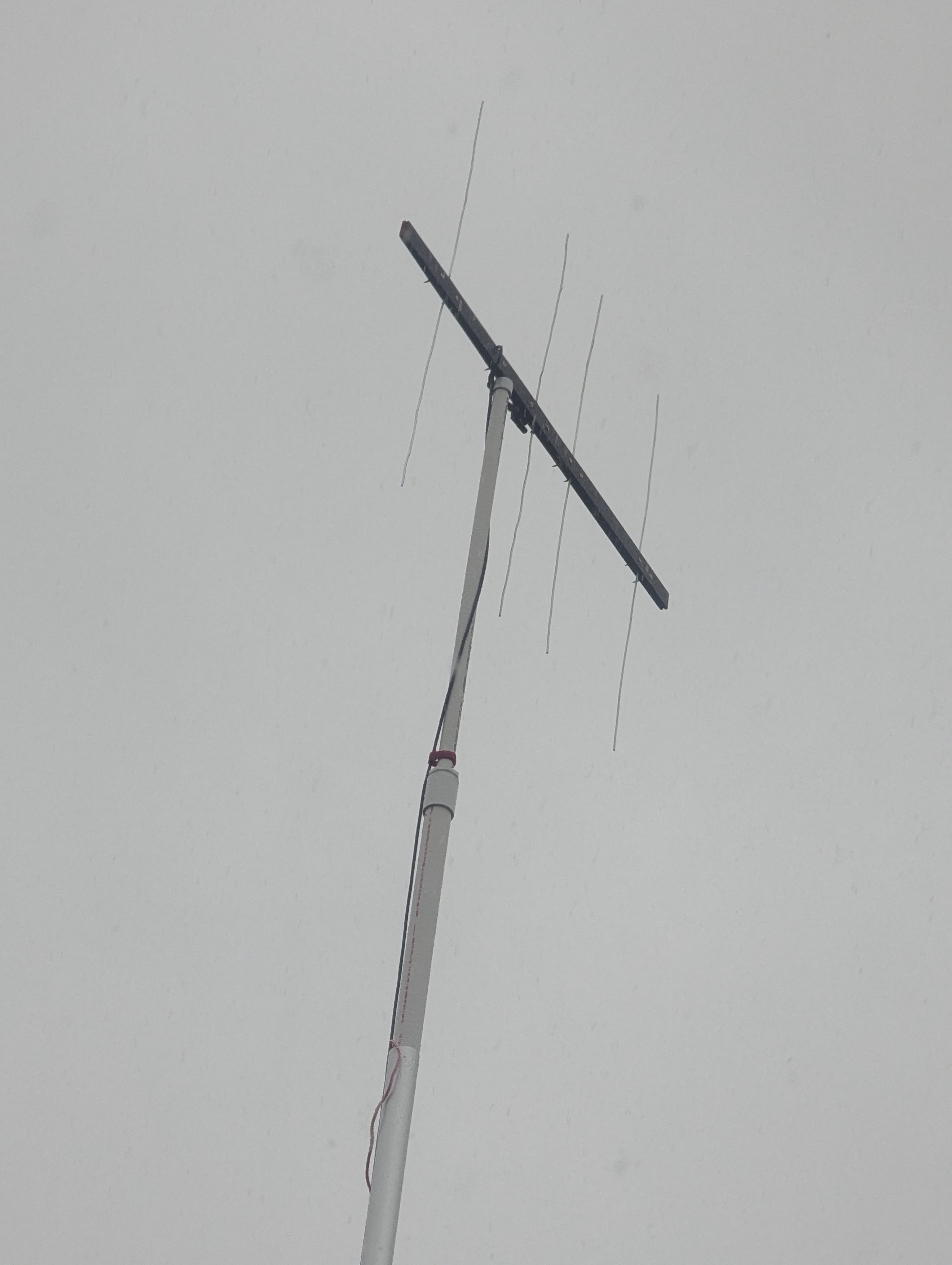I finally got my AllStarLink 3
node up and running.
I had registered for a node number,
and I had bought the pieces
to have them ready to go.
The little Pi Zero W boards I have wouldn’t boot,
so I used a Pi 4 instead
with the USB radio device.
Initial Installation on Pi 4
I started out with the
official instructions:
- Downloaded the image for the Pi
- Installed the Pi Imager by deb file
instead of just
dding it to the device,
since the imager conveniently allows pre-configuring:
I purchased the hardware
from Amazon a while ago.
It has a USB-C port,
and the cable is flipped for different modes:
- one way to program the frequency via USB serial
- other way to use the USB sound device for TX/RX
The product description mentioned the different modes,
but I didn’t recognize it.
I learned about the flip from a
video
I downloaded the srfrs.py
Python script
to the Pi,
and used it to configure frequency and tone
to protect default access to it:
./srfrs.py --port /dev/ttyUSB0 --frequency 438.1 --ctcss 94.8
Matthew, KC3WRY, suggested this frequency in the 70cm of the band.
I was reading and wondering about 446.1 or 433 or so.
More Configuration and Confirmation
I followed another video
for more configuration and confirmation
of the settings from intro video.
I made another pass at web-based configs and asl-menu.
I set it to be a SimpleUSB device
in simplex mode,
and I tuned the volume settings.
I had no TX until I set “Change CTCSS From = no”.
I don’t know what that setting does, but
the tip came from the video.
Then I could use the allmon3 web interface
to connect up to Parrot+ node (55553)
for testing,
and it reported, “volume just about right.”
I could connect and disconnect to nodes from the web interface.
There are other commands in the web interface
to say the time or id the node on demand.
I could send DTMF commands
from my UV-K5
with the F4HWN firmware:
* starts DTMF entry, PTT sends the codes.*1 <node number> disconnects from a node*2 <node number> connects to monitor another node*3 <node number> connects to transcieve to another node- other scripts, like “disconnect all” don’t seem to work yet.
The W3GMS admins granted me access to connect
my node to the repeater,
so I’ll have a chance to try it out there.
I was also able to connect to K3IR.
I further tested my AllStar node
talkin to the 985 repeater.
I discovered the bit of a delay
caused my node to often skip a moment
in the beginning of others’ transmissions,
so I’d miss a second at the start.
Also, since it’s simplex,
I couldn’t throw any DTMF commands
at it while the node is trasnmitting.
I had to use the web interface
to disconnect if others were talking
at the same time.

